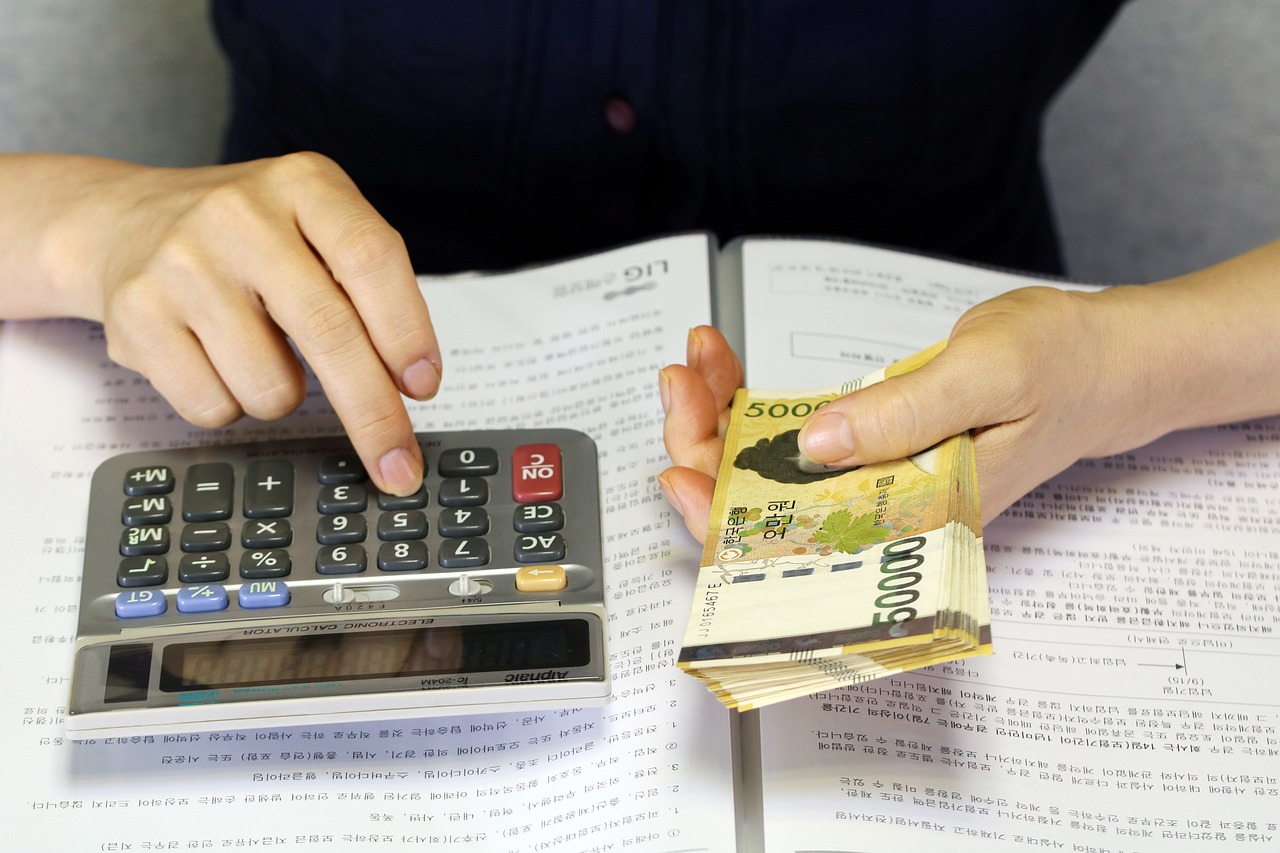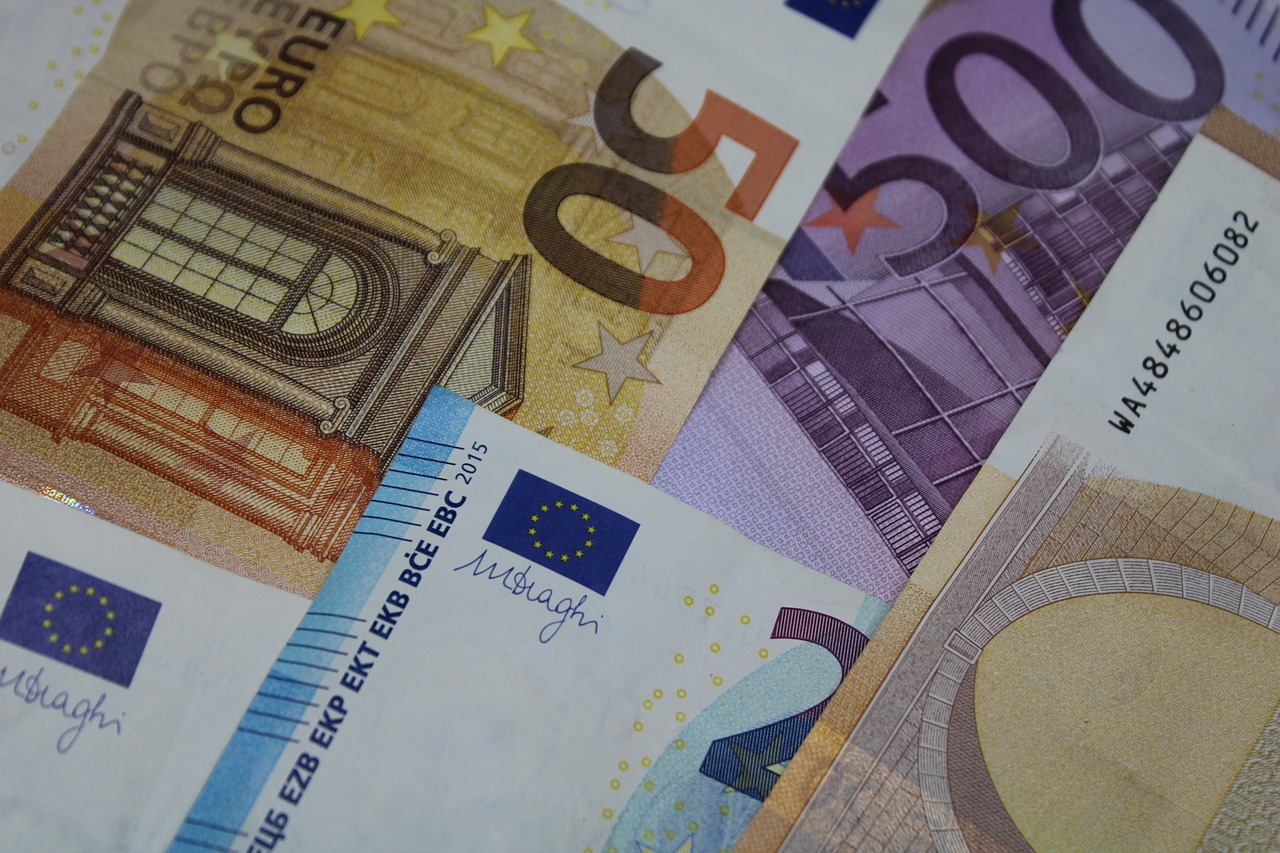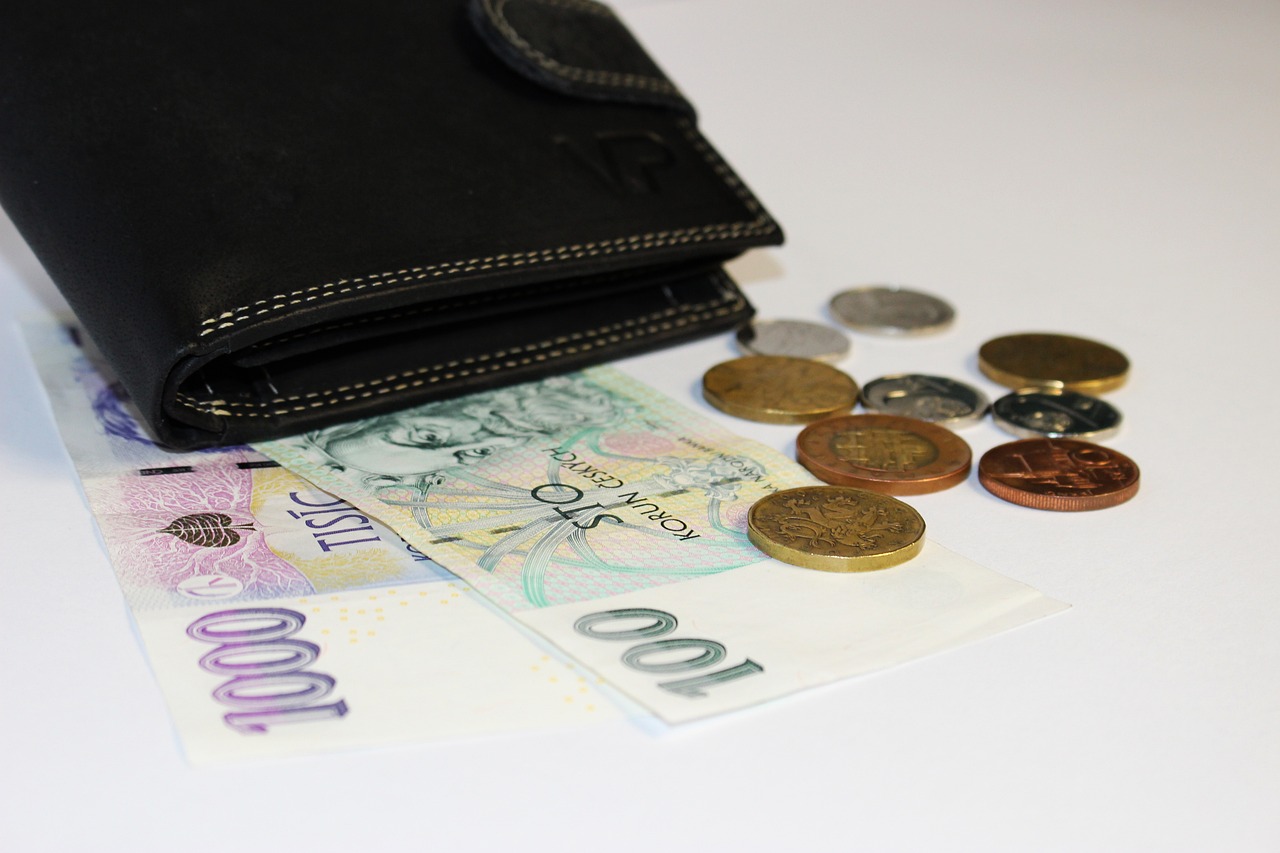Unlocking the Mysteries of US to Philippines Money Transfers: Fees, Credit Cards, Currency, Bank Accounts, and Required Documents Revealed!
GPT_Global - 2024-02-25 06:30:03.0 459
Are there any fees associated with sending money from the US to the Philippines?
Sending money from the US to the Philippines is a common practice, whether for personal or business reasons. However, many people are often concerned about potential fees associated with remittance services. The good news is that there are plenty of options available for sending money to the Philippines with minimal or no fees.
One popular option for sending money from the US to the Philippines is through online money transfer providers like Remitly, TransferWise, and WorldRemit. These companies offer competitive exchange rates and often have lower transfer fees compared to traditional banks and wire transfer services. Some even offer zero fees for first-time users or for transactions over a certain amount.
Another cost-effective way to send money to the Philippines is through mobile money transfer apps. Services like GCash, PayMaya, and Coins.ph allow you to transfer money to a recipient's mobile phone, which can then be converted to cash or used for online purchases. These apps often have low or no fees, making them a convenient and affordable option for remittances.
If you prefer traditional bank-to-bank transfers, it's important to compare fees and exchange rates among different banks. Some banks may charge higher fees but offer more competitive exchange rates, while others may have lower fees but less favorable rates. It's best to do your research and choose the option that offers the best value for your money.
Additionally, keep in mind that some remittance services may also charge hidden fees, such as hidden currency conversion fees or receiving fees on the recipient's end. Be sure to read the fine print and inquire about any potential fees before making a transaction.
In summary, there are various options available for sending money from the US to the Philippines with minimal or no fees. Online money transfer providers, mobile money transfer apps, and traditional bank transfers all offer different rates and fees, so it's important to compare and choose the best option for your needs. With these choices, sending money back home doesn't have to come with hefty fees.

Can I send money from the US to the Philippines using my credit card?
The short answer is yes, you can send money from the US to the Philippines using your credit card. However, there are a few things you need to know before you do so.
1. Check with your credit card company
Before making any transactions, it's important to check with your credit card company if they allow international remittance services. Some credit card companies have restrictions or charge extra fees for this type of transaction. It's best to clarify these details beforehand to avoid any surprises later on.
2. Look for a reputable remittance service
There are many remittance services that allow you to send money from the US to the Philippines using your credit card. However, not all of them are trustworthy. Do your research and make sure to choose a reputable service with good reviews to ensure the safety and security of your money.
3. Understand the fees and exchange rates
When using your credit card for international remittance, you will likely encounter additional fees and charges. These may include transaction fees, foreign exchange fees, and even hidden charges. Make sure to understand these fees and compare them among different remittance services to get the best deal.
4. Consider the transfer speed
If you need the money to reach the Philippines quickly, then using your credit card may not be the best option. Transferring money through a bank or a remittance service may take a few days to process, whereas credit card transactions usually take longer. Keep this in mind when planning your transfer.
5. Keep track of the exchange rate
The exchange rate between the US dollar and the Philippine peso can fluctuate daily. It's important to keep an eye on the exchange rate when making a credit card remittance, as it can affect the amount of money that will be received by your recipient in the Philippines.
Remember to always be cautious and double-check all the details before using your credit card for international remittance. With the right research and precautions, sending money from the US to the Philippines can be a quick and convenient process.
What currency is used when sending money from the US to the Philippines?
The currency used when sending money from the US to the Philippines is the Philippine peso (PHP). This is the official currency of the Philippines and is commonly abbreviated as ₱. It is the only legal tender in the country and is widely accepted for all financial transactions.
When sending money through a remittance business, the sender will need to convert their US dollars to Philippine pesos. The exchange rate between the two currencies will determine how much money will be received by the recipient. It is important for senders to compare exchange rates and fees of different remittance options to get the best value for their money.
Remittance businesses offer various ways of sending money, such as bank transfers, online transfers, and cash pick-up. Some may also offer the option of sending money through mobile wallets or door-to-door delivery. Whichever method is chosen, the recipient in the Philippines will receive the money in Philippine pesos. They can then choose to use the money for their daily expenses or convert it to another currency if needed.
Sending money from the US to the Philippines is a common transaction, whether it is for family support, savings, or investments. With the help of remittance businesses, the process has become faster and more convenient. It is also important to note that there may be limits on the amount of money that can be sent at a time, and proper documentation may be required for larger amounts.
In conclusion, when sending money from the US to the Philippines through a remittance business, the currency used will be Philippine pesos. It is important for senders to choose a reputable and trustworthy remittance service, compare exchange rates and fees, and ensure that they have all the necessary information and documents for the transaction. By doing so, both the sender and the recipient can have a smooth and secure money transfer experience.
Is it possible to send money from a US bank account to a Philippine mobile wallet?
Remittance is an essential aspect of the global economy, allowing people to securely transfer funds across borders. With the rise of mobile wallets, many people are wondering if it's possible to send money from a US bank account to a Philippine mobile wallet. The answer is yes, and there are several options available to make this process easier for both the sender and the recipient.
One popular option is to use a remittance service that partners with Philippine mobile wallets. These services act as intermediaries, allowing users to transfer money from their US bank account to the remittance service, which then deposits the funds into the recipient's mobile wallet. This option is convenient and efficient, as it eliminates the need for the sender to physically go to a bank or remittance center.
Another way to send money to a Philippine mobile wallet is through a direct bank transfer. Some major US banks have partnerships with Philippine banks, making it possible to transfer funds directly to a Philippine mobile wallet. However, this option may come with higher fees and longer processing times compared to remittance services.
As technology continues to advance, more and more digital remittance options are becoming available. For example, there are now mobile apps that allow users to send money directly to a recipient's mobile wallet using only their smartphone. These apps often offer competitive exchange rates and lower fees compared to traditional remittance methods.
Regardless of which option you choose, it's important to do your research and compare the fees and exchange rates of different providers. Additionally, make sure to only use reputable and secure services to ensure the safety of your funds. With the right remittance service or app, sending money from a US bank account to a Philippine mobile wallet is a quick, convenient, and cost-effective process.
What documents are required to send money from the US to the Philippines?
Sending money from the US to the Philippines can be a straightforward process, but there are certain documents that are required in order to successfully complete a remittance transaction. Here are the key documents you will need to send money from the US to the Philippines.
1. Valid ID
In order to send money from the US to the Philippines, you will need to provide a valid form of identification. This can be a government-issued ID, such as a driver's license or passport. Make sure the ID is current and in good condition, as any damage or expiration may cause delays or issues with your transaction.
2. Transaction Form
When sending money through a remittance service, you will need to fill out a transaction form. This form will require you to provide personal information and details about the recipient, such as their name, address, and contact information. Make sure all information is accurate and legible to avoid any delays.
3. Proof of Income
Some remittance services may require you to provide proof of income, especially for larger amounts being sent. This can include pay stubs, bank statements, or tax returns. This helps the service verify the source of the funds being sent and ensures compliance with regulations.
4. Bank Account Information
If you are sending money through a bank transfer, you will need to provide the recipient's bank account information. This includes their account number, routing number, and any other necessary details to ensure the funds are deposited correctly.
5. Remittance Fee
Lastly, you will need to have the necessary funds to cover the remittance fee. This fee varies depending on the service and amount being sent. Make sure to factor in the fee when calculating the exact amount you want to send.
By having all of these documents ready and available, you can easily send money from the US to the Philippines using a trusted remittance service. Remember to always double-check the information to ensure a smooth and successful transaction.
About Panda Remit
Panda Remit is committed to providing global users with more convenient, safe, reliable, and affordable online cross-border remittance services。
International remittance services from more than 30 countries/regions around the world are now available: including Japan, Hong Kong, Europe, the United States, Australia, and other markets, and are recognized and trusted by millions of users around the world.
Visit Panda Remit Official Website or Download PandaRemit App, to learn more about remittance info.



